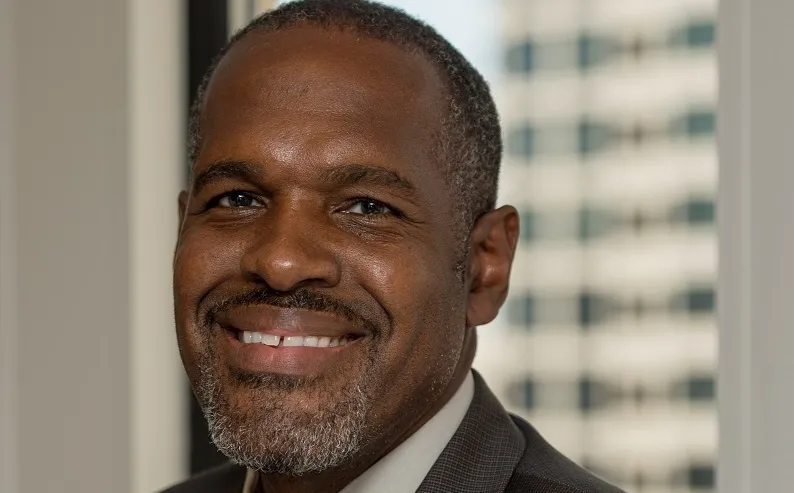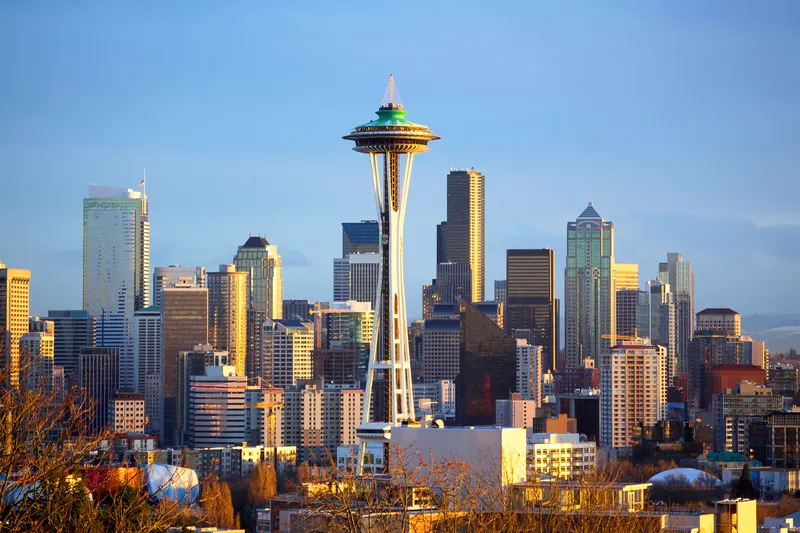
Among the areas hit hardest by coronavirus is public transportation. Massive revenue gaps are now faced by agencies all over the world as ridership has been slashed.
With that in mind, in a paper entitled Public transit and a green, inclusive recovery, the Canadian Urban Transit Association (Cuta) sets out a series of suggested steps for ‘building back better’ in a post-Covid world.
“No issue affects mobility, equity, and climate change more than public transit,” Cuta says.
“It is integral to a greener and socially inclusive economic recovery—post-Covid and long into the future. But building that future requires recognising the pandemic has turned public transit’s economics on their head.”
It wants Canada’s federal government to establish a Transit Innovation Accelerator Fund “to support transit agencies in adopting new technologies and approaches to modernise their services”.
This would be to support ridership growth, cost savings and asset optimisation – and should not include cost-sharing requirements, Cuta says. The development of mobility apps, partnerships with micromobility service providers, new payment systems, data analytics and simulation tools for zero-emission bus service modelling could all be included here.
Funding models
This highlights the fact that, even though riders are returning, it is likely that new funding models may be required to make up a future shortfall.
There is another problem: a Statistics Canada study from August showed that four out of five of people who quit public transport chose a private car: “If this pattern solidifies, it will have enormous climate consequences and irreversible impacts on urban land use,” Cuta points out.
The key, then, is to make public transport attractive, efficient and affordable.
Contactless payment is increasing in popularity, so Cuta suggests earmarking money for the development of new products and services with a dedicated programme. Funds can also be made available from existing federal sources such as Infrastructure Canada, Natural Resources Canada and Innovative Solutions Canada to support rider retention or for increasing efficiencies in the use of resources.

Quite apart from aiding physical distancing for riders, contactless payment collects more useful data which can be used to spot trends more quickly than traditional payment methods. Helping facilitate social distancing on board – as well as better cleaning – will also help increase public confidence.
Cuta also urges that infrastructure projects should carry on, despite pressure on budgets, because they will bring a wider benefit to the economy. “Continue to build-out transit capital projects to complete transit networks, decongest our cities and create jobs,” the organisation says.
“This continues federal investment into the development and delivery of transit expansion projects include bus rapid transit, light rail, subways/metro, and commuter rail systems.”
Walking and cycling have grown in popularity, so more funding of active transportation connections is required, such as separated bike lanes leading to transit stations.
Covid inequalities
Covid-19 has laid bare the inequalities in societies worldwide in terms of health, economics – and transport. Cuta therefore suggests investment in transit projects to target communities “disproportionately impacted” by the pandemic such as people of colour, the elderly, women and low-income workers: “This would entail expanding surface transit networks and fleets in transit-dependent communities, passenger-related safety improvements, and innovative on-demand transit for the first or last mile of a trip, as well as late-night trips.”
Cuta would also like support for systems evolving from “transit-first-and-only agencies into mobility agencies”. Mobility as a Service is a marker here, allowing access to car-share and micromobility services, as well as on-demand transit to help solve first- / last-mile issues. “Integrating these services into transportation systems is key to increasing ridership and reducing single occupancy vehicle trips,” Cuta thinks.
As ever, money is perhaps the biggest issue. In 2019, it commissioned a survey of infrastructure needs which found almost $60 billion in unfunded projects in Canada “that can only be completed if new funding sources are made available”.
To address the continuing need for capital investment, Cuta suggests the federal government should accelerate the existing $20 billion in the public transit stream of the Investing in Canada Infrastructure Program, “which is backloaded, for shovel-ready public transit projects”.
Among other things, it also wants to continue the federal government’s “coordinating role in including provinces and territories in supporting public transit”.
It looks like the future begins right here.










